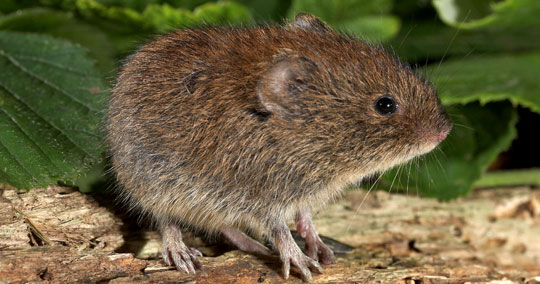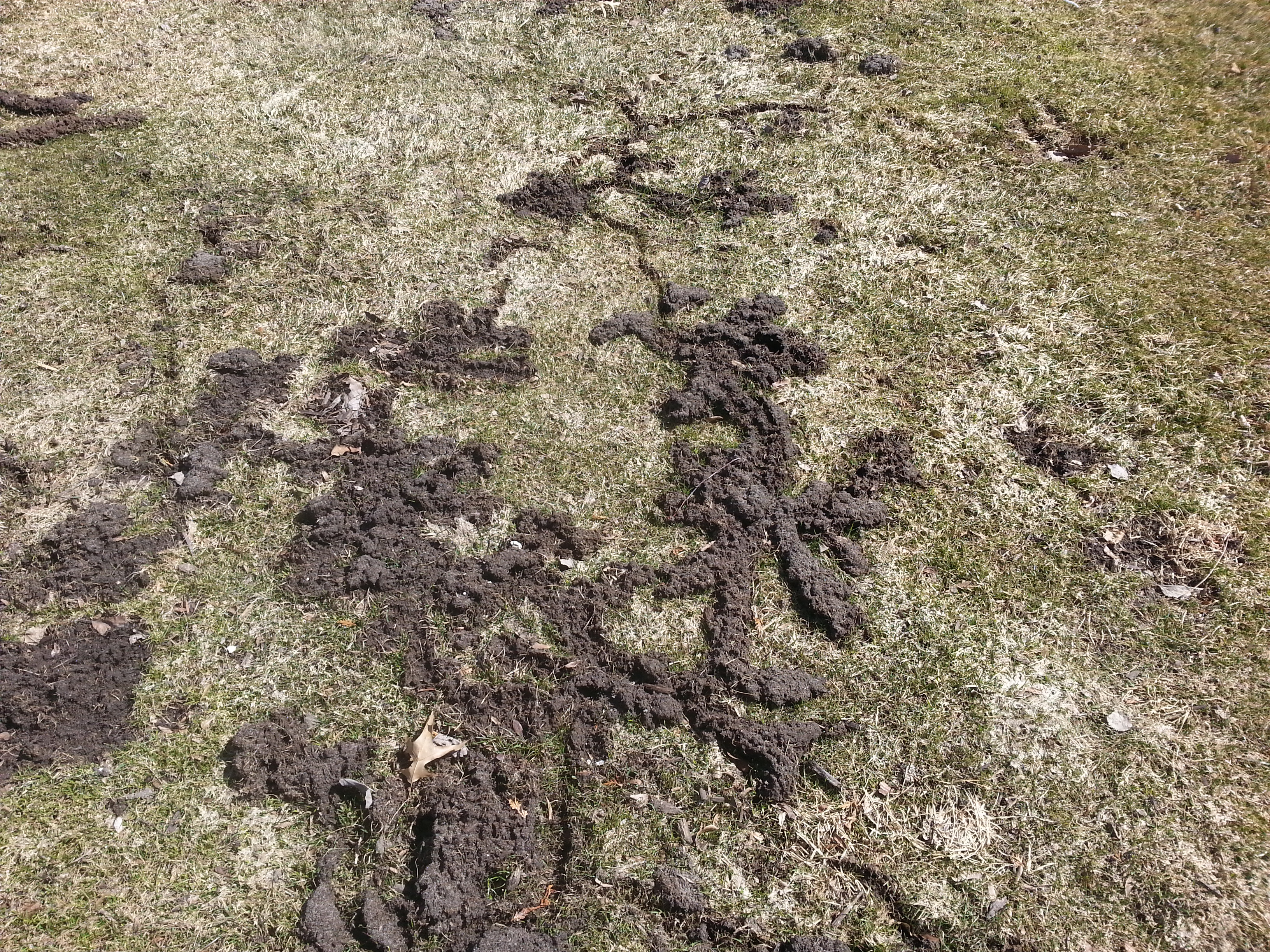Safeguard Your Utah Property: Advanced Vole Control Techniques
Wiki Article
Letting Loose the Power of Vole Insect Control: Advanced Techniques for Invasion Eradication and Treatment

Vole Bug Recognition and Analysis
Voles, tiny rats that resemble mice but have much shorter tails, are frequently identified bugs in gardens and yards, requiring comprehensive analysis to figure out the degree of their invasion. Determining voles entails recognizing their distinct attributes, such as their stocky bodies, short legs, and little eyes. They are normally around 3 to 9 inches long and can differ in color from grey to brownish.Examining vole problems is vital for executing reliable bug control techniques. Indicators of vole existence consist of runways in verdant locations, harmed vegetation, and small burrow openings near the surface. By checking these signs, homeowner can gauge the extent of the invasion and devise ideal elimination techniques.
To accurately examine vole populations, people can establish lure terminals or catches to capture and count the rats. Additionally, observing vole task patterns can provide insights right into their numbers and circulation throughout the damaged location. By carrying out a detailed evaluation, individuals can tailor their insect control method to successfully deal with vole problems in gardens and backyards.
Cutting-Edge Capturing Methods

Additionally, some digital catches are equipped with sensors and remote monitoring abilities, allowing homeowners to track vole activity and catch status from a distance, boosting the total efficiency of vole bug control initiatives. By incorporating these cutting-edge capturing techniques into insect administration strategies, property owners can take on vole invasions with precision and compassion.
Strategic Exemption Approaches
Carrying out critical exclusion methods is essential in protecting against vole problems and safeguarding yards and backyards from damage triggered by these parasites. These obstacles need to be buried at the very least 12 inches deep and rise 6 inches above the ground to avoid voles from burrowing underneath or climbing over them.Another crucial exclusion technique is the usage of crushed rock or rock mulch rather of organic compost. These entry points ought to be secured with products like concrete or metal blinking to prevent vole access.
Eco-Friendly Repellents and Deterrents
Utilizing eco-friendly repellents and deterrents is a lasting strategy to handling vole populaces and minimizing damage to gardens and yards. Eco-friendly options are gaining popularity due to their efficiency in pushing back voles without causing harm to the atmosphere, pets, or useful wildlife. One usual environmentally friendly technique is making use of all-natural vole repellents such as castor oil, predator, or garlic pee, which develop unpleasant aromas for voles, driving them far from treated locations.One more eco-friendly deterrent is making use of physical obstacles like cable mesh or hardware towel to safeguard prone plants and light bulbs from vole damage (vole yard damage). These obstacles act as a safety net against vole breach while permitting correct aeration and water drainage in the dirt
Moreover, introducing vole killers like owls or mounting nest boxes can help normally control vole populaces in a garden or yard. By urging all-natural predators, a balanced community can be kept without the need for damaging chemicals or traps. On the whole, including environmentally friendly repellents and deterrents in vole insect control strategies advertises ecologically conscious and sustainable practices.
Integrated Insect Monitoring Solutions
An alternative strategy to managing vole populations and mitigating damages in gardens and lawns includes the detailed technique of Integrated Pest Administration Solutions. Integrated Parasite Management (IPM) incorporates various methods to deal with vole infestations successfully while minimizing environmental influence. This method integrates biological, social, physical, and chemical control techniques to achieve long-lasting parasite control.One key element of IPM is the emphasis on avoidance. By executing actions such as habitat alteration, exclusion techniques, and preserving proper garden hygiene, home owners can create settings less for vole habitation. Furthermore, organic controls, such as introducing all-natural predators or using vole-resistant plant ranges, can aid manage vole populations without considering chemical treatments.
When chemical control comes to be necessary, IPM concentrates on making use of targeted and environmentally friendly chemicals in a specific fashion. This reduces the total pesticide tons on the ecological community while properly managing vole populations. Regular surveillance and assessment are also important elements of IPM, enabling for adjustments to approaches based upon pest populace dynamics and effectiveness of control measures. By taking on Integrated Insect Monitoring Solutions, homeowners can achieve sustainable vole pest control while vole yard damage advertising ecological community wellness in their backyards and gardens.
Verdict
In conclusion, the advanced techniques for vole pest control talked about in this article provide efficient services for problem obliteration and treatment. By carrying out a mix of capturing, exclusion, repellents, and integrated bug management techniques, building proprietors can effectively manage vole populations and stop more damages. It is essential to effectively determine and evaluate vole insects, and utilize environment-friendly approaches to resolve infestations in a sustainable fashion. These methods provide a comprehensive strategy to vole insect control for long-term success.As the persistence of vole invasions continues to test home owners and farming specialists alike, the mission for much more effective and reliable bug control techniques intensifies. Additionally, some electronic traps are furnished with sensors and remote monitoring abilities, enabling homeowners to track vole activity and trap condition from a distance, improving the overall performance of vole bug control efforts. One common eco-friendly technique is using all-natural vole repellents such as castor oil, garlic, or killer pee, which develop unpleasant fragrances for voles, driving them away from treated areas.
Moreover, introducing vole predators like owls or mounting nest boxes can help normally control vole populations in a yard or yard - vole control. By taking on Integrated Parasite Monitoring Solutions, homeowners can achieve sustainable vole bug control while promoting community health and wellness in their yards and yards
Report this wiki page